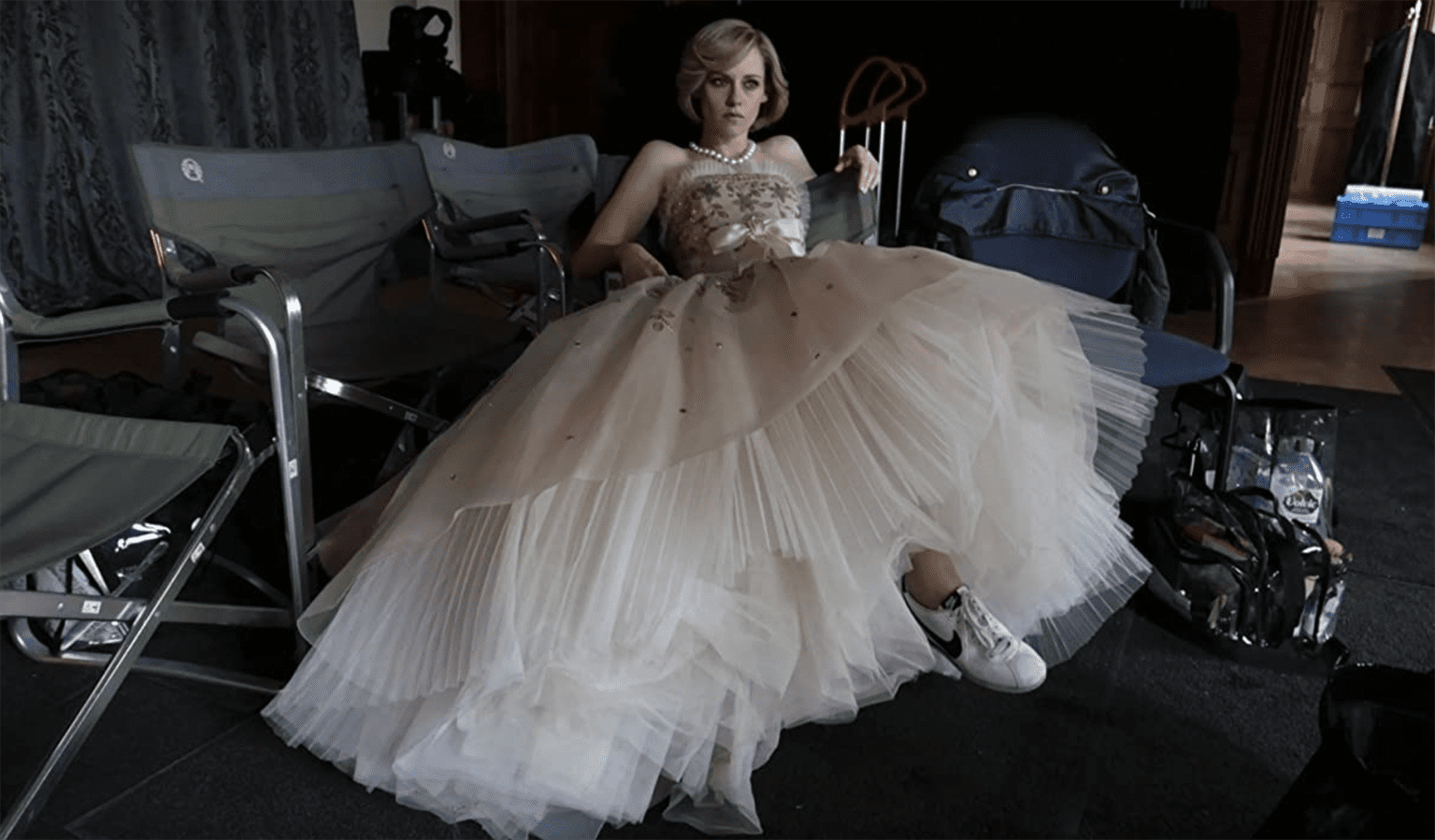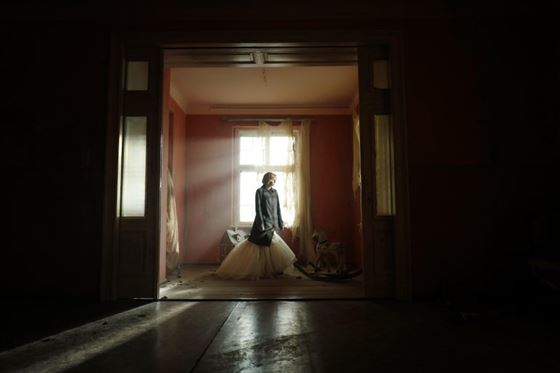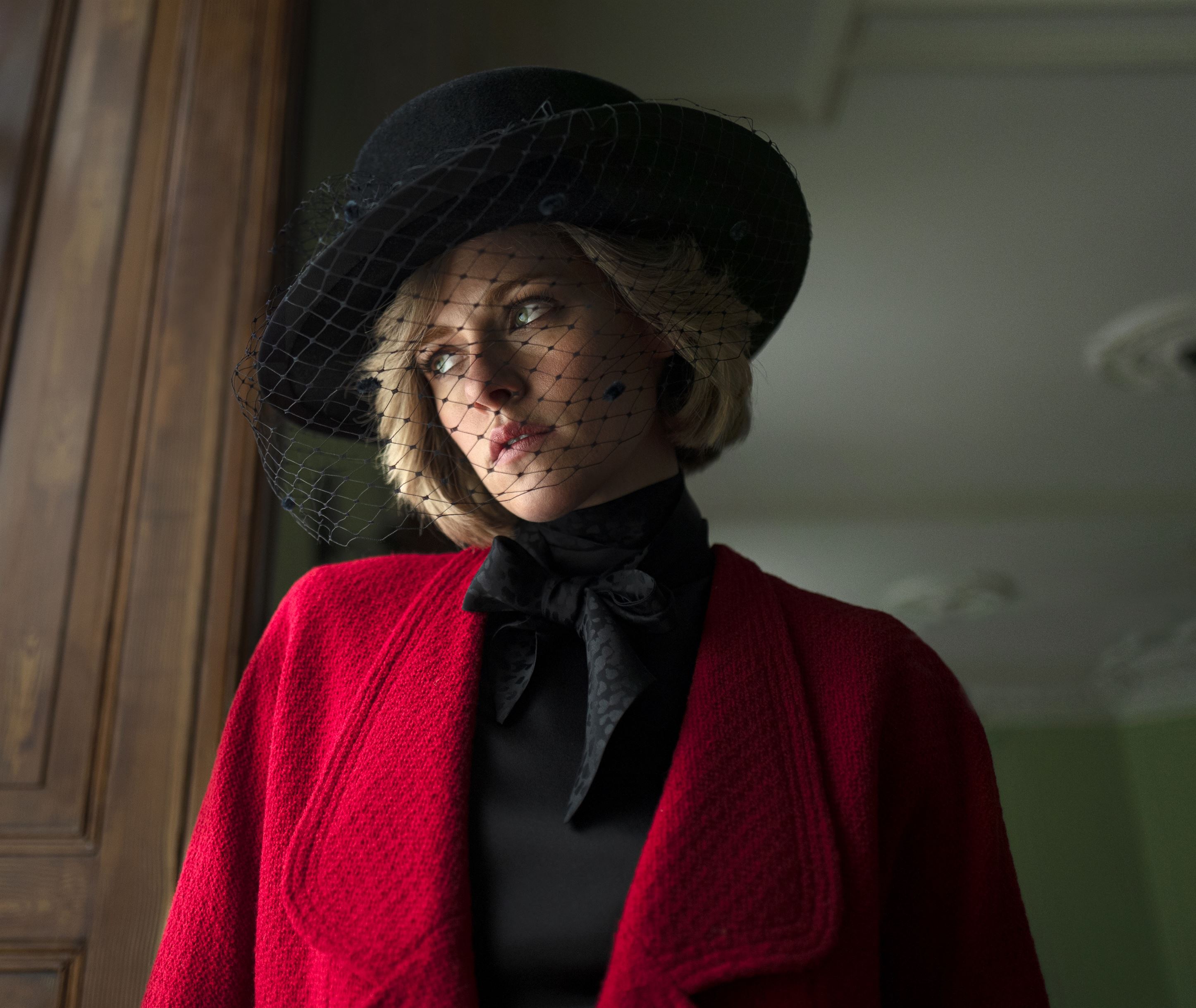“Spencer,” directed by Pablo Larraín, is a biopic about Diana Spencer, better known as Princess Diana.
The film takes place at Sandringham Estate in 1991, where the royal family traditionally spends Christmas. At this point, the princess’ marriage with Prince Charles had endured many hardships for quite some time. The three-day stay was a pivotal moment for the princess; this was where she decided to leave Prince Charles, the royal family and the life that comes with them.
Kristen Stewart stars as and fully transforms into Princess Diana. When Stewart was first cast, some may have been surprised by the choice of having an American actress portray the princess.
Despite this, Stewart’s posh English accent is convincing, but not as convincing as her interpretation of the princess’ mannerisms. Known for being a timid and introverted actress, Stewart’s attributes paid off as she managed to embody the princess’ shy, gentle nature.
Stewart’s chemistry with other supporting actors is undoubtedly cogent, most especially with Sally Hawkins, who plays Maggie the royal dresser, and Jack Nielsen and Freddie Spry, who play Prince William and Prince Harry, respectively. She is able to balance and display the many different emotions that the princess likely felt during her stay.
Whether it was feeling safe and joyous in the presence of her two sons, faking a smile for the Christmas family photo or trying to keep herself together alone in the bathroom from enduring the pressure of fitting in with the rest of the family, Stewart is able to balance and transition all of these sentiments with great passion and polish.
The film has many symbolic elements that connect to the late princess’ rather unhappy time at the estate.
One element that is quite chilling is the connection between Princess Diana and the former Queen of England Anne Boleyn, who was the second wife of King Henry VIII and was beheaded. This connection serves as an omen to a similar fate she will eventually meet.

Stewart is known for being a timid and introverted actress, which paid off as she managed to embody the princess’ shy, gentle nature.
Photo courtesy of Neon
Another element is the film’s color grading, which is soft yet dull and elicits a sense of coldness. Not only does this symbolize the low temperatures of the winter season, but also the coldness of Princess Diana’s marriage and how isolated and alone she felt.
The film’s score by Radiohead’s Jonny Greenwood includes discordant piano, unsettling jazz cellos, trumpets and classical strings, which evokes the declination of the princess’ mental state. The eerie soundtrack is likely to immerse audiences in the melancholic atmosphere of the film.
Underneath the layers of Larraín’s striking artistic choices lies the misuse of inaccuracies for poetic license.
The film touches on Princess Diana’s struggles with bulimia and self-harm. While it is known the princess faced difficulties with her eating disorder and mental health, according to some of her closest friends at this point in her life, she had already conquered these demons.
Majesty Magazine editor Ingrid Seward feels she would be “horrified.”
“They’ve piled every bad thing into one weekend, which is taking poetic license a little far,” Seward said.

“Spencer” piles up with other pieces that contribute to the recent obsession with the late princess, who is portrayed by Kristen Stewart.
Photo courtesy of Neon
Makeup artist Mary Greenwell, who worked closely with the princess, feels this portrayal is not the best way to understand her.
“[Princess Diana is] now seen as this kind of martyr, which I think is wrong,” Greenwell said. “She did amazing things, but she’s misunderstood.”
Overall, “Spencer” illustrates a vivid and cerebral depiction of Princess Diana’s experience in Sandringham. The combination of Larraín’s symbolic artistic choices and Stewart’s striking, transformative performance makes for a compelling film about a woman held captive.
However, with its strong images of eating disorders and self-harm combined with other unnerving elements, “Spencer” serves more as a psychological thriller than an accurate biopic. Going into the film having read what the princess’ inner-circle thought of her portrayal made me question the ethics of the creators as these strong images appeared on the screen.
Princess Diana did copious amounts of humanitarian work, including AIDS awareness and prevention, the plight against landmines, battling poverty and homelessness and opening up the stigma surrounding mental illnesses. She was so widely loved, she was given the nickname of “the People’s Princess.”
Now 24 years since she died in a car accident while trying to escape the paparazzi, Princess Diana should be remembered for her empathy, charity work and for being a loving mother.
Instead, works such as Netflix’s “The Crown” and “Diana: The Musical” focus on Princess Diana’s crumbling marriage and declining mental health. “Spencer” is no exception and piles up with other pieces that contribute to the recent obsession with the late princess. This proliferation of Princess Diana’s life mimics the routine of the obsessive documentation by media outlets, which was the very thing that took her life.




